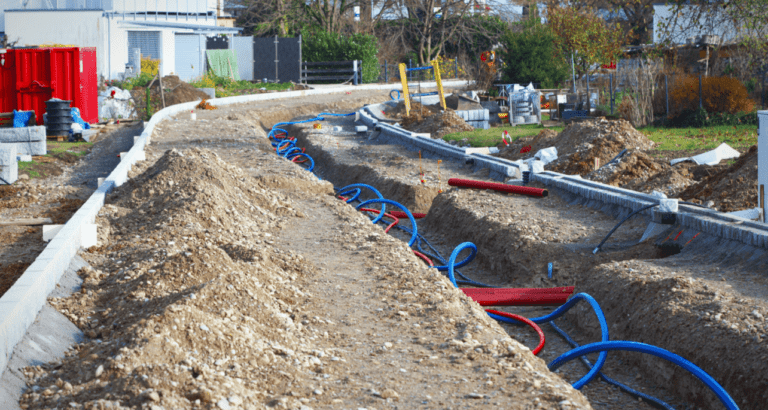The Belgian fibre optic market is one of the fastest growers in Europe. The number of connected buildings increased to more than 600,000, up 109 percent from last year. Yet, despite all efforts, the network’s size is far behind the European average.
FTTH Council Europe is an association for European operators, providers and any other organization with an interest in fibre. The association regularly conducts research into the fibre optic market of European member states. In a recent report, Belgium emerged as the fastest grower of FTTH/B connections. The most recent survey took place in September 2021. 600,000 Belgian buildings had a fibre connection, an increase of 109 percent in one year.
FTTH/B is an industry term. The abbreviation stands for ‘Fibre to the Home/Building’. This means that a fibre optic cable reaches all the way to a building or home. If the connection ends at a street cabinet, FTTC is applicable, which is short for ‘Fibre to the Cabinet’. In that case, the last part of the journey is made using copper cables. FTTH/B connections are faster, and therefore more valuable to operators, providers and end users.
Belgium catches up
The Belgian government appointed network operator Proximus to build its national fibre network. The organization expects to connect 70 percent of Belgium by 2028. To achieve that target, Proximus wants to connect 10 percent of all companies and homes every year.
Though ambitious, the target is highly necessary. While Belgium is growing at the fastest rate, the total number of connections lags far behind the European average. According to FTTH Council Europe, only 12 percent of all Belgian buildings are connected. The European average is 48.5 per cent.
In addition to Belgium, most countries gained a significant amount of connections. France connected 4.3 million buildings, followed by the United Kingdom (3.4 million), Germany (2.4 million) and Italy (1 million).
Tip: Google is working on submarine cable connecting Europe to Africa
